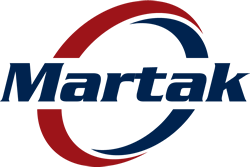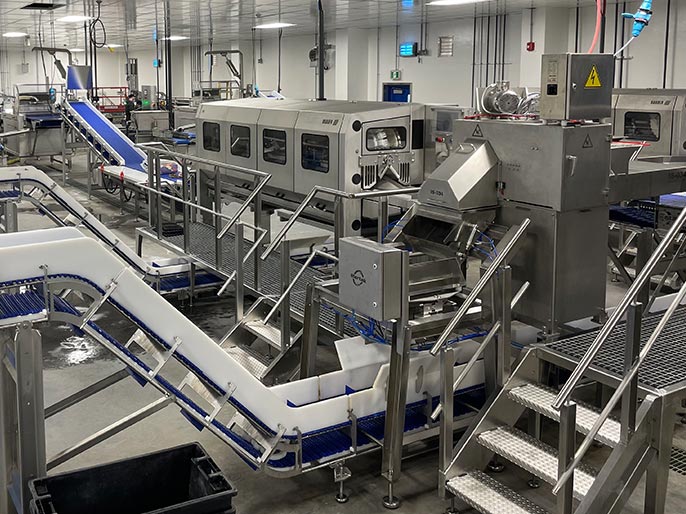
The future of food processing
26 January 2022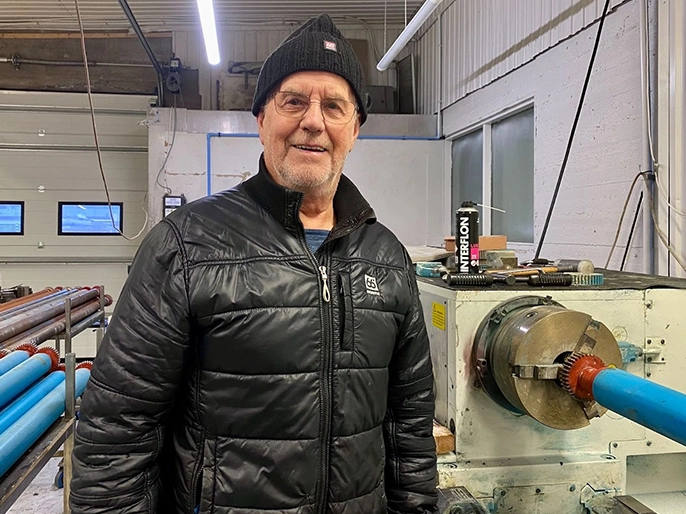
Interview with Siggi Gunn
9 March 2022
The future of food processing
26 January 2022
Interview with Siggi Gunn
9 March 2022Get to knoW
The art of designing and building a machine
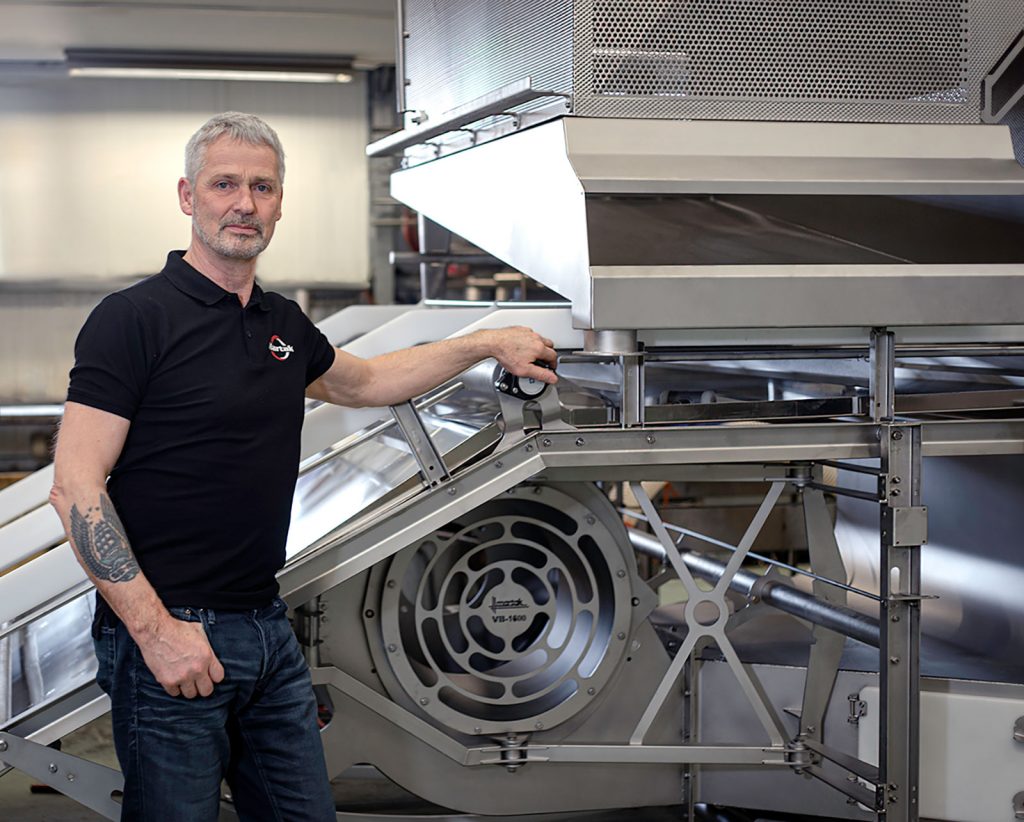
A lot goes into making a machine, from the idea and discovering a gap in the market to the final product and ready to be shipped to the customers. Martak designs and manufactures high-quality machines for the shrimp and fish industry. After years of manufacturing, our team of experts are fully qualified to do this process from the beginning to the end. What does this process look like? In this article, we will go through the process of building a high-quality machine and getting to know Vilhelm Þ. Þorarinsson Chief designer at Martak.
How does the process of building a machine start?
“The idea happens in most cases when I am working on a project, and I see that something can be improved. I start designing the machine and often go back and forth and change it around 100 times until it looks great and works well. For me, the machine mustn’t just run efficiently but also look great!”
When the machine has been designed, what are the next steps? Do you create a prototype?
“The material for the machine is chosen during the designing process, based on the availability and what purpose this particular machine will have.
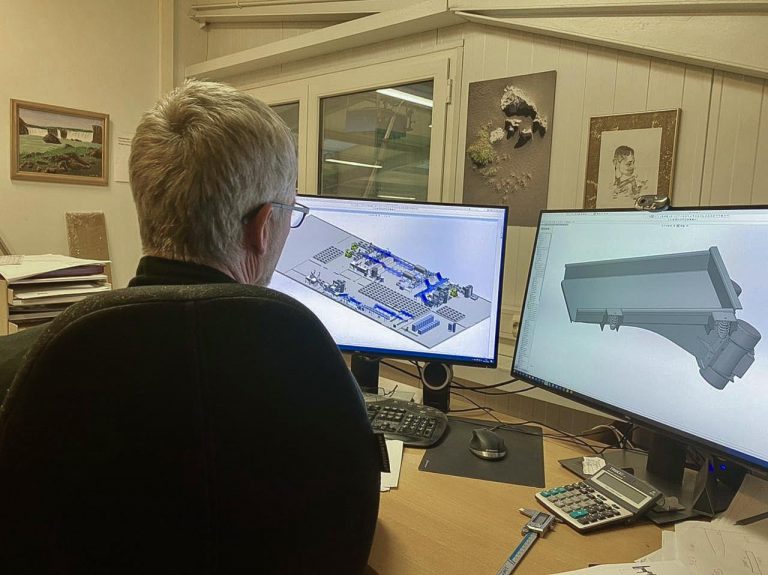
Vilhelm: “I was nine years old when my grandfather gave me a small petrol engine. I used it to supply energy for my lights in the little cabin I had built. Everything I learned about machinery I learned through my experiences”.
How does it work when designing an entire processing plant?
“Most clients have a facility that we customize their processing plant into, but it would be easier if we could design the factory and then build the facility around it. There are always some challenges when designing a new factory with limited space, but we are getting quite experienced in solving space challenges. The machines I have designed were designed with customization in mind. Not all factories will be able to carry the same size of for example, a shrimp blower.”
Can you estimate how many designs you have created?
“I have been designing machines with Martak since 2000, and it is hard to say how many designs I have worked on. From fish, shrimp, roe, and liver processing machinery, I estimate around 150 designs. Each machine is different from small to big and has its unique process. I would not be including the countless conveyors I have designed. Each processing plant has conveyors connected to the machines to transport the product from one machine to another. From the weight of the product to the length of the conveyor it matters how it is designed and what motor is chosen to dive the conveyor.”
Discover Martak machinery
Martak provides a full range of solutions and services for the seafood industry. From the first steps in the processing line to the ready for transporting and delivery.
How did you get into the machinery designING BUSINESS?
“The best preparation for this job is to live it and experience it. For people who want to design machinery, I always tell them to experience working with these machines before designing them. When I was 14 years old, I dropped out of school and started working on a dragger. I experienced the lack of room on the boat and how these machines were not built with cleaning and hygiene in mind. With that, I knew what had to be improved, and I had some ideas on how to do it. After working on the fishing boats for around 12 years, I got a new and exciting job as an engineer in a fish processing plant.
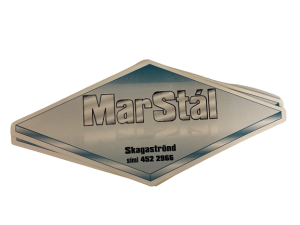 They were renovating the plant, and I worked on building new machines. I got the idea of starting my own business working on machines; I worked along with my brother fixing boats, cars, and more. It then progressed into building and designing machinery. My company Marstál flourished, and I saw the potential to fill the market gap by providing efficient and hygienic fish processing machines. I designed my first machine in 1996, and then in 1997 I built and designed a complete shrimp processing plant in Iceland”.
They were renovating the plant, and I worked on building new machines. I got the idea of starting my own business working on machines; I worked along with my brother fixing boats, cars, and more. It then progressed into building and designing machinery. My company Marstál flourished, and I saw the potential to fill the market gap by providing efficient and hygienic fish processing machines. I designed my first machine in 1996, and then in 1997 I built and designed a complete shrimp processing plant in Iceland”.
When did you design your first machine?
“Everything I have learned about building machines is from experience. Either you are a designer or not, this is an art. I was 14 years old when I put together my first machine. It was a car from scraps from my grandfather.
My first design was a shell blower for shrimp, and I designed it in 1996. It is the machine I am the proudest of. My machine was a hit, and I was able to sell it to most of the processing plants in Iceland and a few processing plants in Canada. It was the first machine I designed from scratch, and it was a completely new design on the market. My blower is still being used, sold, and built to this day”.
The Pro Peeler - A design by Vilhelm Þ. Þorarinsson
Chief designer at Martak
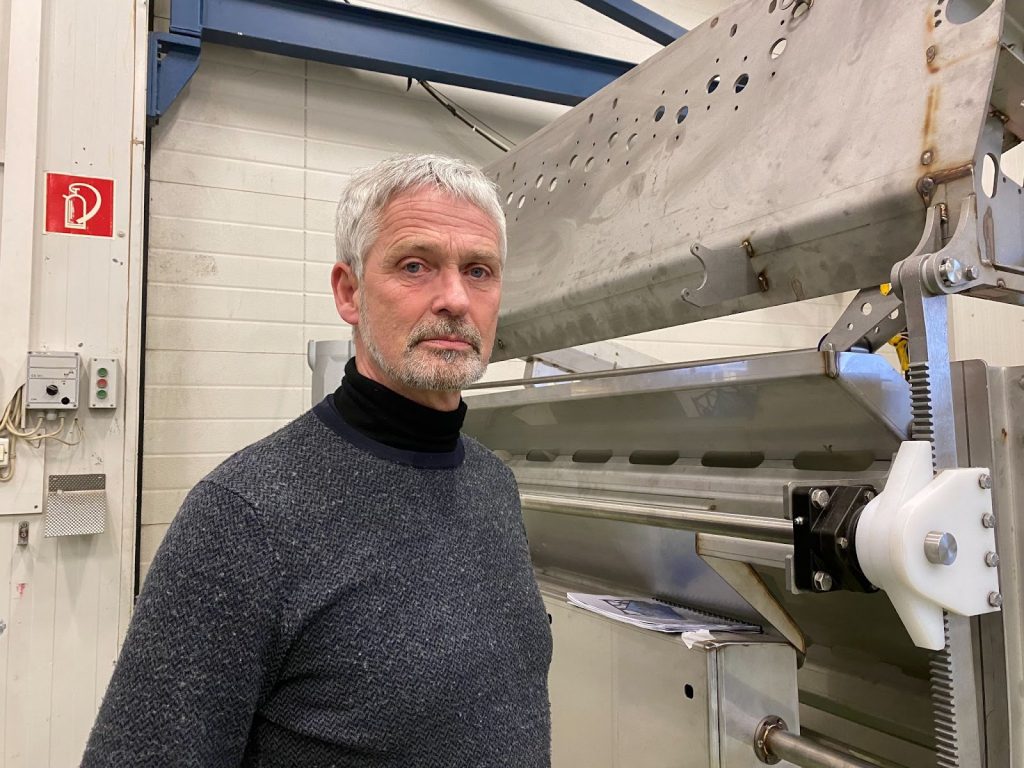
Villhelm standing next to his design “Pro Peeler”
Our newest machine “The Pro Peeler” is a much-improved design from the original shrimp peeler. The first mechanical peeling machine was invented in 1944 by James Martial Lapeyre, patented in 1947, and commercialized in 1949 by Laitram Machinery, one of our main competitors. However, these systems still lack the control and monitoring elements to ensure high-quality results. A typical peeling machine consists of a series of rubber-coated reciprocating rollers next to each other. The key principle in automatic peeling is friction. The rollers are powered and use friction to rotate the other adjacent, steel rollers. When a shrimp is dropped between two rollers rotating in opposite directions, the rollers grip the shells and pull them away from the meat. The meat is not gripped by the rollers because the coefficient of friction is lower between the rubber and the meat. The rollers are arranged in a downward slope, so the meat moves downwards and off the rollers continuously. Martak new and improved shrimp peeler (the Pro Peeler) combines automation, quality control, and real-time monitoring to increase high-quality yields, saving up to 70% of electricity and 40% of water usage.
When did you join the Martak team?
“I joined Martak in 2000, and it was a coincidence. I was attending a fisheries exhibition in Iceland, promoting my machines, when I got to know the owner of Martak. He offered me to join Martak, and the rest is history. After years of working at Martak, there are plenty of designs and ideas in progress, we are looking into the global market, and I am looking forward to the future”.
